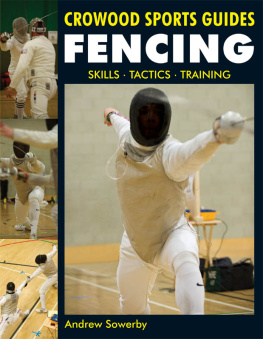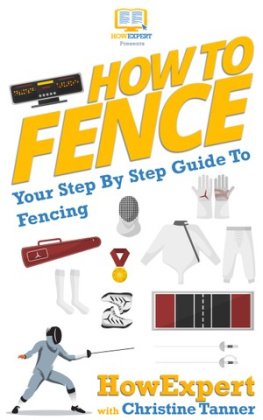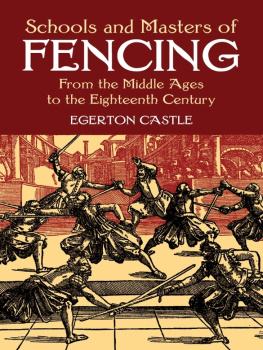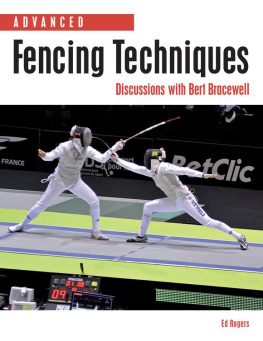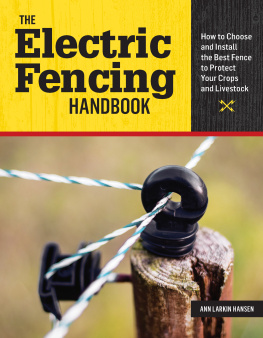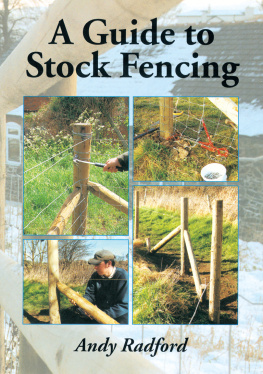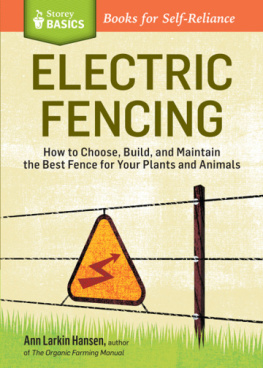Also from Proactivity Press
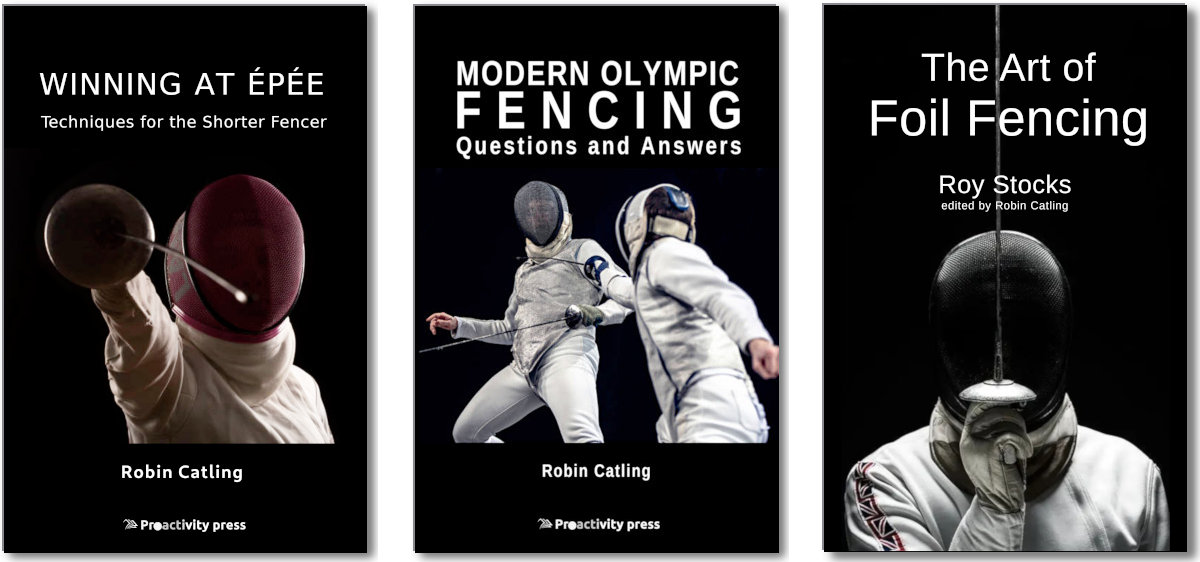
Available in ebook and paperback editions:
Winning at pe:
Techniques for the Shorter Fencer
Robin Catling
Modern Olympic Fencing
Questions and Answers
Robin Catling
The Art of Foil Fencing
Roy Stocks, edited by RobinCatling

Proactivity Press
https://proactivitypress.co.uk/
Published in the United Kingdom by:
Proactivity Press
14 Park Road, Hatherleigh
Devon EX20 3JS
www.proactivitypress.org.uk
Content copyright Robin Catling, 2020
Illustrations copyright Robin Catling, 2020
Instructional photographs Robin Catling, 2020
Illustrations of Referee Signals FIE, 2020
Competition photographs David Bradley, 2020
All rights reserved. No portion of this book may be reproduced, stored in a retrieval system or transmitted at any time or by any means mechanical, electronic, photocopied, recorded or otherwise, without the prior written consent of the publisher.
The right of Robin Catling to be identified as the author of this work has been asserted by him in accordance with the Copyright, Designs and Patents Act, 1998.
A CIP record of this book is available from the British Library. Layout and design by Proactivity Press.
Table of Figures
, bare and with insulating tape
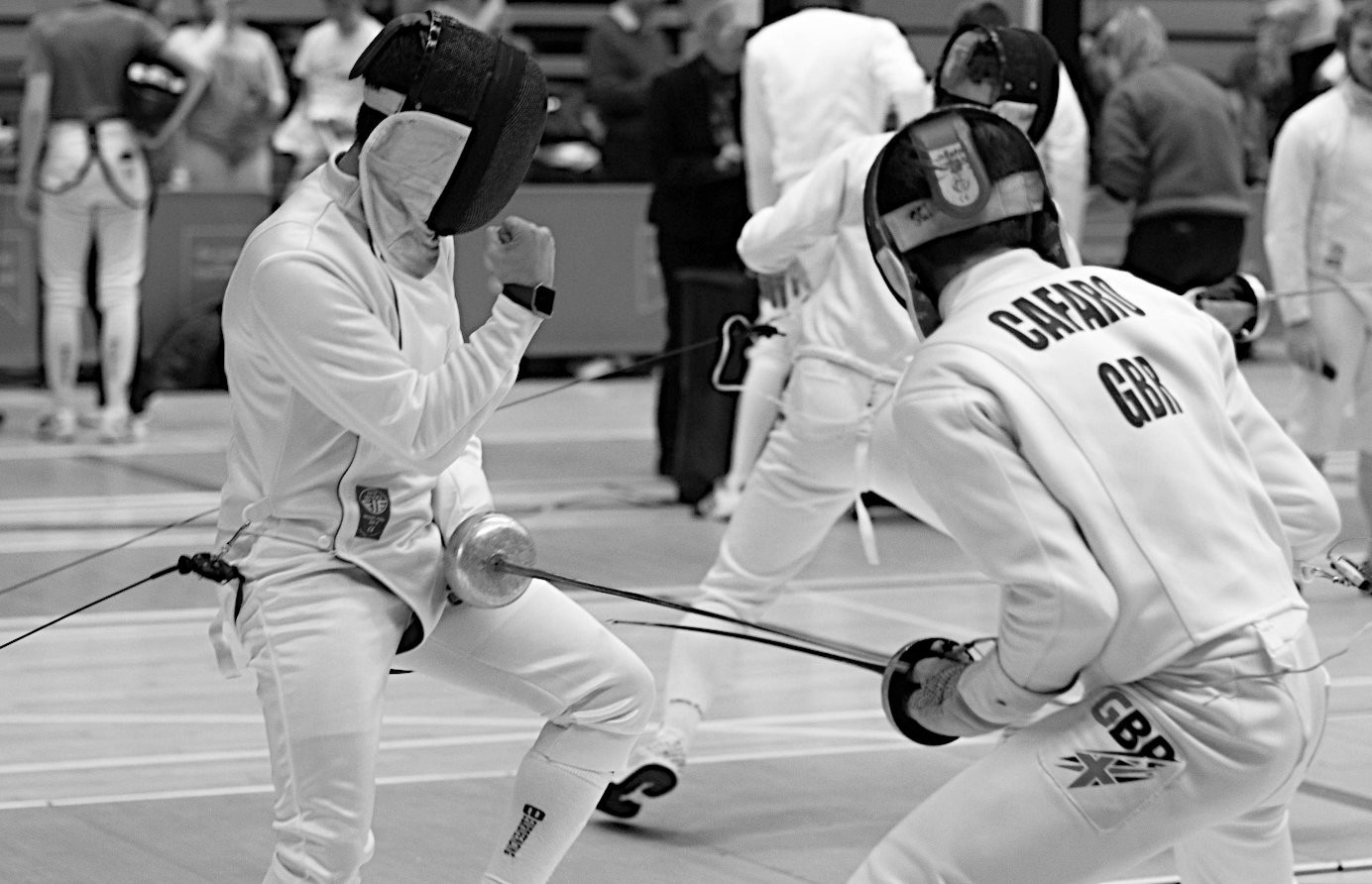
Foreword
Perhaps youve just entered your first fencing competition, or youre thinking of entering. Perhaps youre going a competition as a parent or as a partner of a fencer. Perhaps youre about to tag along with a friend who fences, or with your club team as a newbie to see what goes on.
You get there and it looks like mayhem.
Lots of people in and out of fencing kit milling around in what looks like chaos only it cant be, because an hour later theres a hall full of fencers grouped together on multiple fencing strips, getting on with the competition.
But you still dont know whats going on.
You may have been fencing for weeks or even months in a club, but this competition thing is half way between a secret society and black magic.
But herein lies the key: understanding the requirements, formats, rules, etiquette and the all-important technical language. All you need to take your first steps into competitive fencing without looking like a wide-eyed novice.
Go get em, tiger.
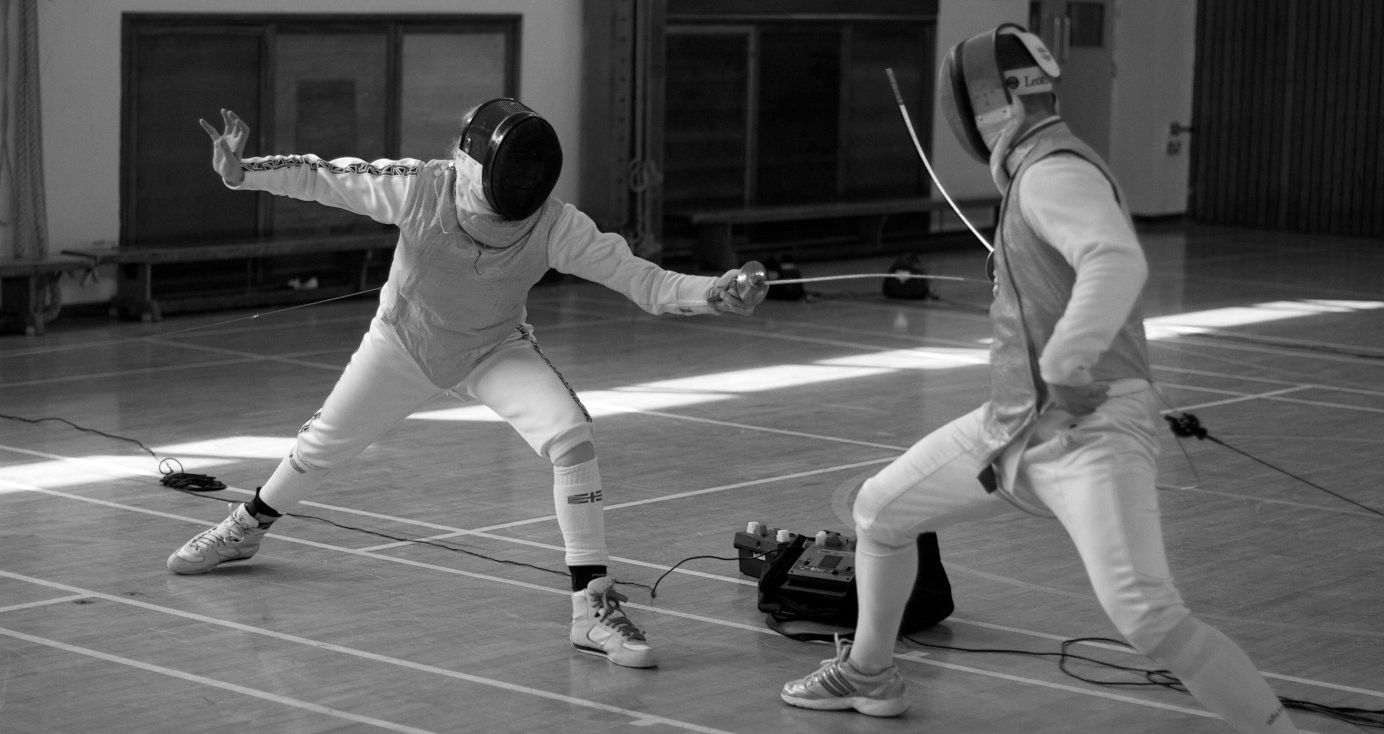
Introduction
Why Compete?
The modern sport of fencing is a martial art a combat sport. With its origins in duelling, it is by nature intensely competitive. A large part of the attraction of fencing is in wanting to know: can I win a sword fight? Competition is a vital part of that, of learning and developing as a fencer and as a person. It is a latter day trial by combat.
You will have learned to fence at a club and compete against your club mates and while that is enough for some fencers, others want to take their skills to the next level, stepping out of their comfort zone into organised competition, taking on all comers, win or lose.
In some fencing clubs the competition is fierce, run strictly to the competition rules. In others, it is more laid back.
Outside of the club, there are events aimed at every fencer from eight years old through to well, theres no upper limit for veterans. Every age and every level from novice, beginner, intermediate, country, regional, national and international is catered for somewhere.
Finding and entering a competition is easy. Finding the right competition and knowing what to do when you get there can be more tricky. Theres a lot to take in before the competition routine becomes routine.
This book is aimed at everyone, of all ages and abilities, participants, parents, partners and friends. Not all sections will apply to all readers, or to each of the different weapons. The material is here as you need it.
This guide assumes that fencers already know the pointy end of the weapon from the handle and have some knowledge of what to do with it on the fencing strip. It also assumes you know the respective target areas for each of the three weapons, foil, pe and sabre (a summary is included in for genuine novices, parents, partners and other non-fencers).
We will not discuss the techniques of how to fence each of the three weapons, there are other books for that. For the same reason, we will not go into the specifics of sports psychology, general fitness or sports nutrition.
Non-fencing parents, friends and family of the new competitive fencer will find some additional guidance in a section dedicated to them, .
This guide is set mainly in the context of the British fencing scene where this author is based. We will touch on the US format and regulations where relevant.
DISCLAIMER: none of the content that follows should be taken as medical advice. You should always consult a suitably qualified professional on individual matters of fitness, injury or nutrition prior to any sporting activity.
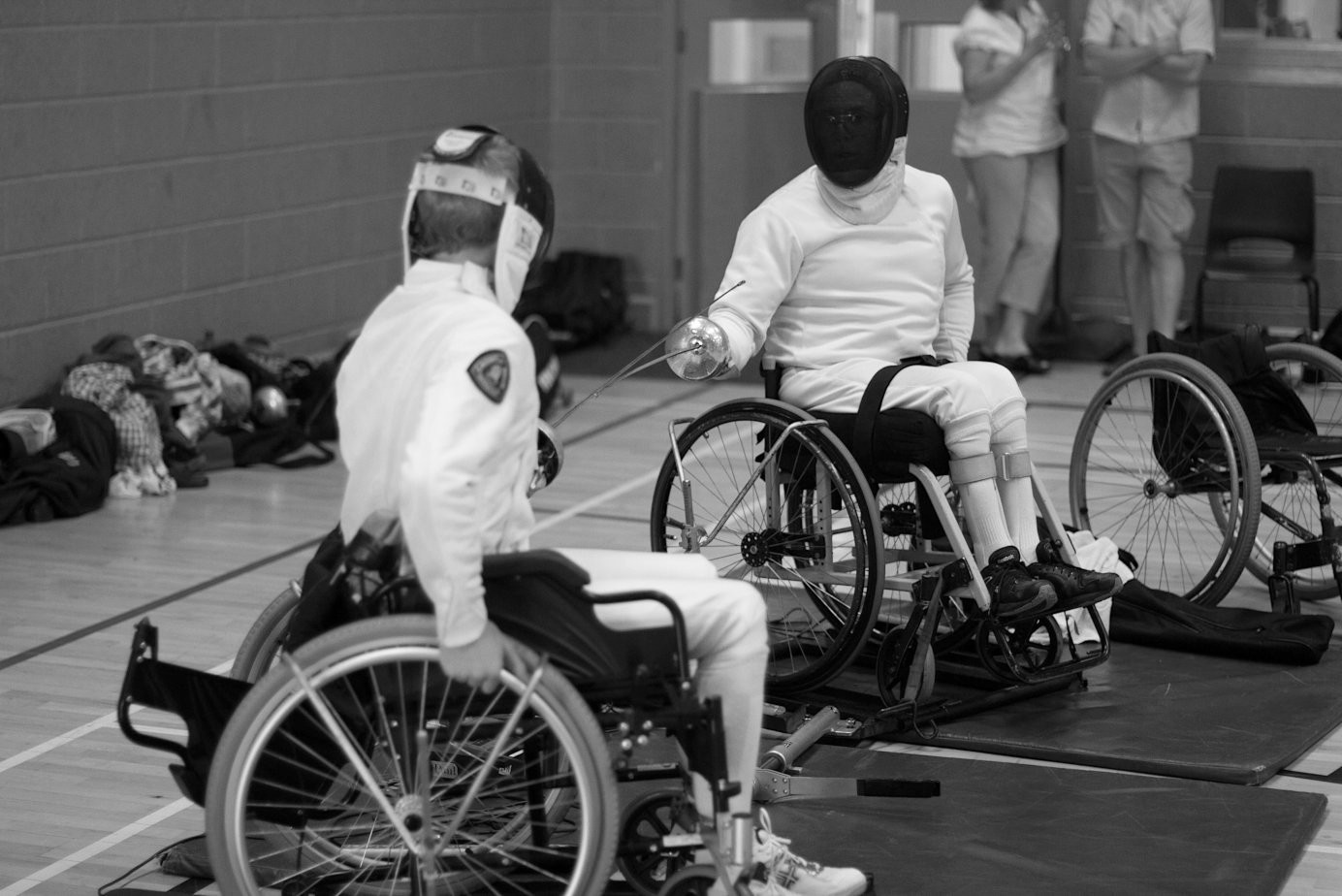
Stepping up to Competition
The tournaments running in your locality (county, regional and national) will vary in size, strength and eligibility for entry, such as age, gender or ranking. Some events are for all three weapons, others are weapon specific to foil, pe or sabre.
There are still novice or beginner tournaments perhaps not as many as there used to be open to fencers of little experience, usually below a threshold of previous results, rankings or classification.
As the top levels of competition are governed internationally by the FIE, most events tend to stick to the FIEs standards and rule set which nearly all organisers and officials are using every season.
If you are aiming to gain a national ranking, the ranking events are spread throughout the full season across the whole country. The ranking events are a mix of open competitions and invitations. Prestigious ranking events attract a high quality field, at least national standard and some visiting internationals.
Most tournaments charge an entry fee somewhere between 10 and 30 in the UK and $15 and $50 in the US. Walk-ins or on-the-day entries cost more than pre-registering. Fees vary depending on the event and region. Note that USFA events also charge non-members entry on-site. Parents and partners regularly in attendance may find it useful to get a Supporter membership to USFA. You will need to allow for travel expenses, subsistence and possibly overnight accommodation depending on the distance you are travelling.
Decide on your objectives before you begin. Do you want to dip your toe in the water and see how it goes, or are you fired up for a full season to get as far as you can?
If you intend to compete over a whole season, it is worth sitting down with a calendar to work out which events you can feasibly enter, in terms of entry criteria, travel time and cost. Which events can you get to and when, allowing for non-fencing commitments such as work, school and family? Dedicated competitors who are fencing a full season can find every weekend taken up at the height of the season. Take advice from your coach and club mates on what to enter in the early stages of your competitive career.
Next page

